Olga wants to cover up her tattoo. She doesn’t regret getting it, but now she’d rather not have it. She’s Venezuelan, 20 years old, and lives in Texas. The tattoo on her skin makes her feel insecure; she has it on her arm, just above her elbow. It’s the initials RHLM, which stand for “Real Hasta La Muerte.” The phrase is by Puerto Rican reggaeton artist Anuel AA, one of the most popular singers in the genre. It’s the title of his first album and a motto he repeats in his songs. He himself has it tattooed on his neck. Olga got it after seeing it in person during his last concert in Texas last year. But that’s Olga’s story; the Trump administration’s story is that this design is among the tattoos that identify members of the Venezuelan gang Tren de Aragua. If any law enforcement officer notices it, the young woman could be arrested.
As if that weren’t enough, Anuel AA was one of the artists who publicly supported Donald Trump in his last presidential campaign. “He’s the best president the world has ever seen,” the rapper declared at a rally in Pennsylvania last August. There, he asserted that Trump’s intention was to help Latinos in the United States. Now his slogan has become a problem for Olga and many other immigrants who have gotten it tattooed out of admiration for the artist. The Trump administration’s list of “suspicious” tattoos includes designs such as a train, a star, a crown, a clock, and the Air Jordan logo.
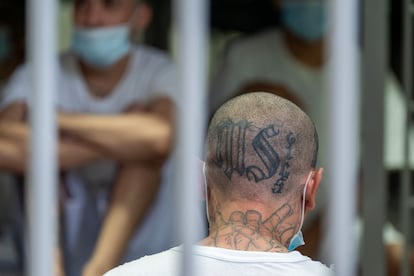
Olga knows Venezuelans who have been arrested for their tattoos. One day she didn’t hear from them anymore and presumes they’re in prison or have been deported, although she doesn’t know for sure. “I got it because I really like that singer. I’ve always been a fan of his. If he said ‘chickens say cluck,’ I would have gotten it tattooed anyway,” she says. “Anyway, it’s better for me to go get something else done. I don’t care what it is. Don’t let anyone find out I’m ‘Real Hasta La Muerte.’”
According to several tattoo artists interviewed by EL PAÍS in Texas, more and more people are coming to cover up tattoos with new, superimposed designs to hide existing ones. Julio is a Cuban tattoo artist with five years of experience. He started on the island and gradually made his way into the business in Texas, eventually becoming a household name. However, he prefers not to reveal his real name because he doesn’t have legal documents. “Business hasn’t been affected. I haven’t seen so much concern based on meaning, but rather people who want to cover up old tattoos because they give the impression they’re poorly done or belong to gangs.” In his experience, “most people want to cover up stars, crosses, and numbers.”
“I was asked to use the phrase ‘Real Hasta La Muerte’ once, and I refused. I don’t like doing things like that, but that phrase is a cultural thing. I don’t think there’s any criminality associated with it. It’s usually tattooed on Spanish-speaking teenagers,” Julio says. He adds that almost all of the designs on the list are quite common.
Manuel Fernández is a 27-year-old Cuban artist. He’s been tattooing for seven years and works at a studio called Flow Ink Tattoo in Houston, Texas. He claims that business hasn’t suffered in recent weeks, and has even increased with clients who want to “cover up things related to the tattoos on the list.” He has handled two such cases. The most recent was a man who asked to have an AK-47 rifle covered, which is one of the designs mentioned.
Manuel doesn’t know anyone who’s had immigration issues due to having a tattoo, but he believes the government is being very strict “with something that everyone has and will continue to have.” “The truth is, I’ve seen few clients show concern. Most keep getting tattoos and don’t care. Also because there’s a very noticeable difference between a professionally done tattoo and one done for criminal purposes.”
Keon Ostby, a U.S. artist with a studio in Phoenix, Arizona, also criticizes the tattoos on the list as designs that many people get, and that there’s no way to know whether or not they’re linked to a criminal group. “Using tattoos as evidence for deportation is nonsense. None of the images on the list incite hate, and they’re very common designs. If we weren’t allowed to tattoo these designs, many ordinary, law-abiding, and tax-paying citizens wouldn’t be able to get tattoos,” he points out.
If someone asks for a train or a crown, Ostby wouldn’t mind giving them one: “I only refuse to do swastikas, Aryan Brotherhood symbols, or other symbols associated with gangs or hate groups. But the tattoos on the list aren’t harmful at all. I wish the list would stop being used and people would stop trying to connect tattoos to their personal beliefs. No one can make up or assume the reason for a tattoo. Only the person with the tattoo knows.”
Sign up for our weekly newsletter to get more English-language news coverage from EL PAÍS USA Edition
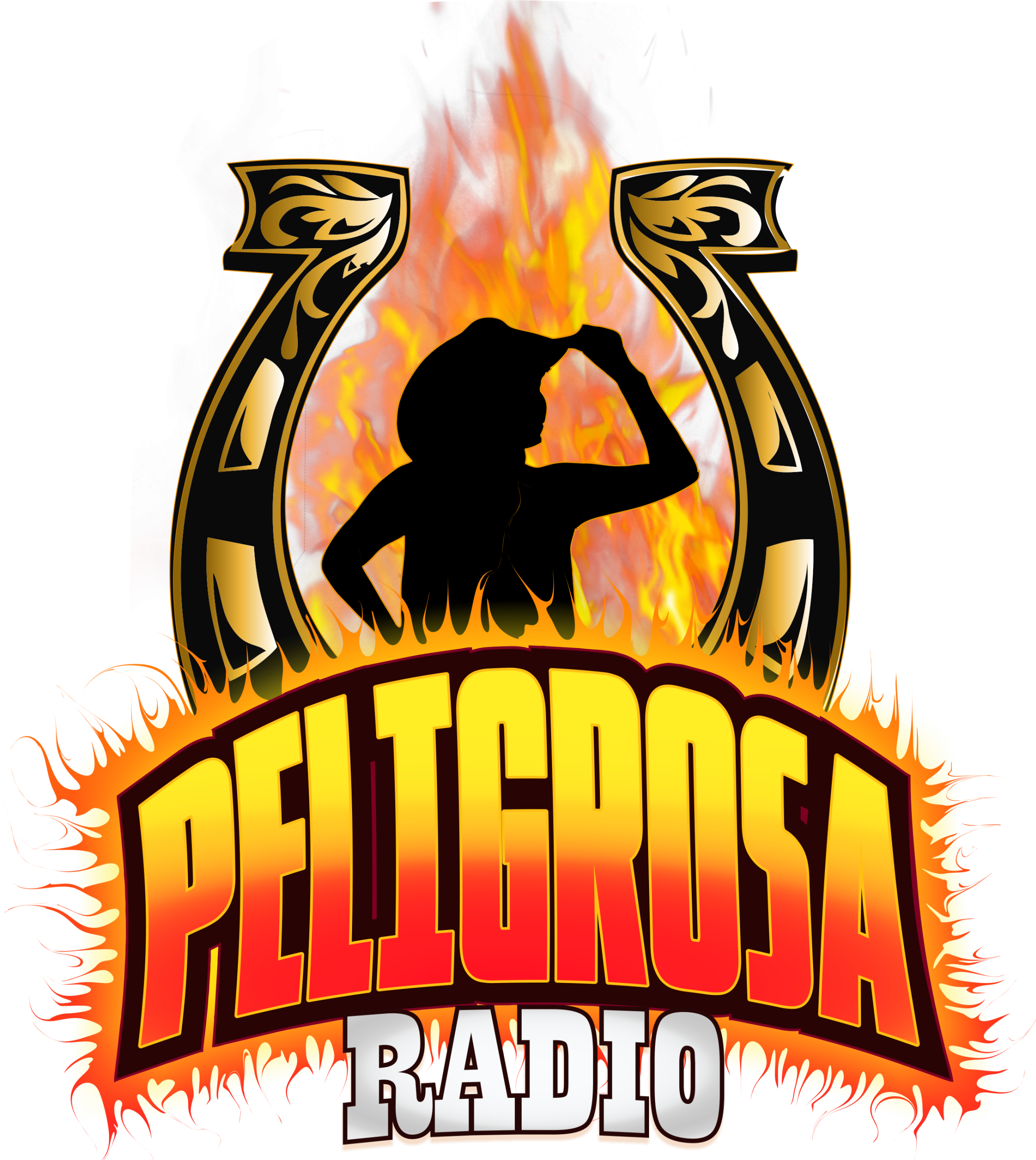
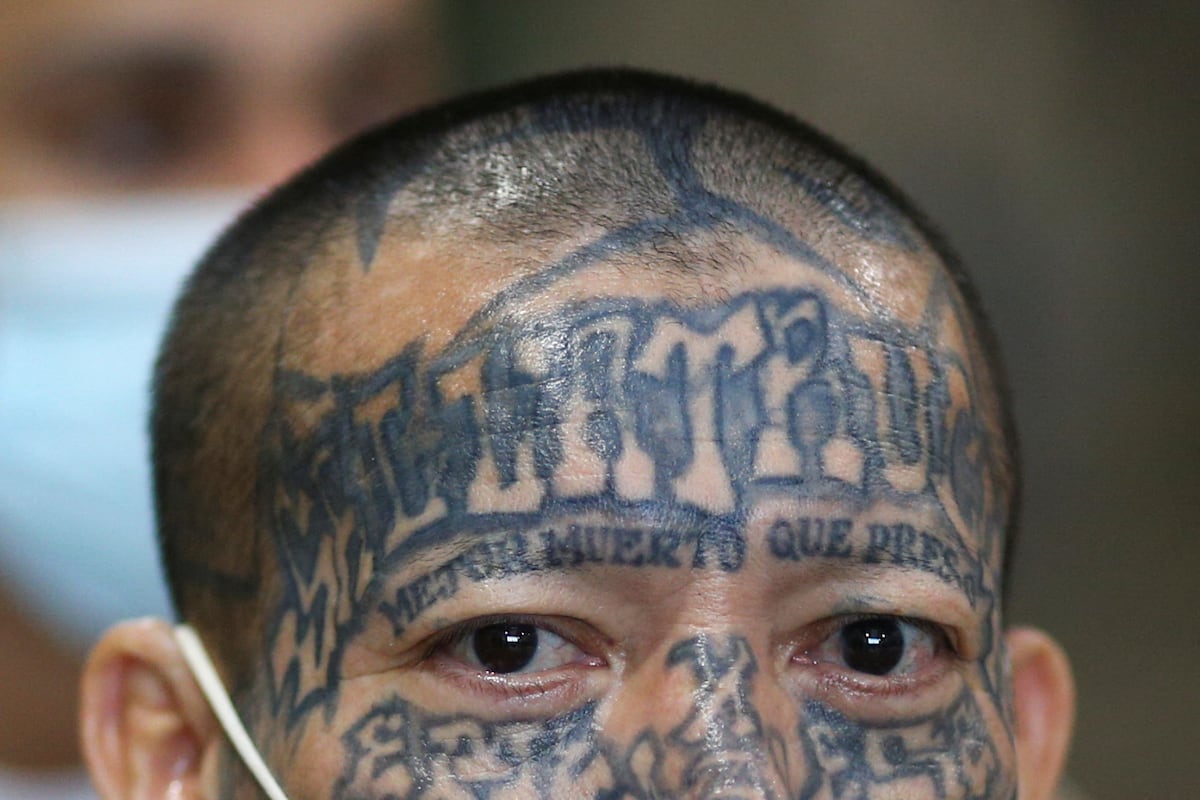
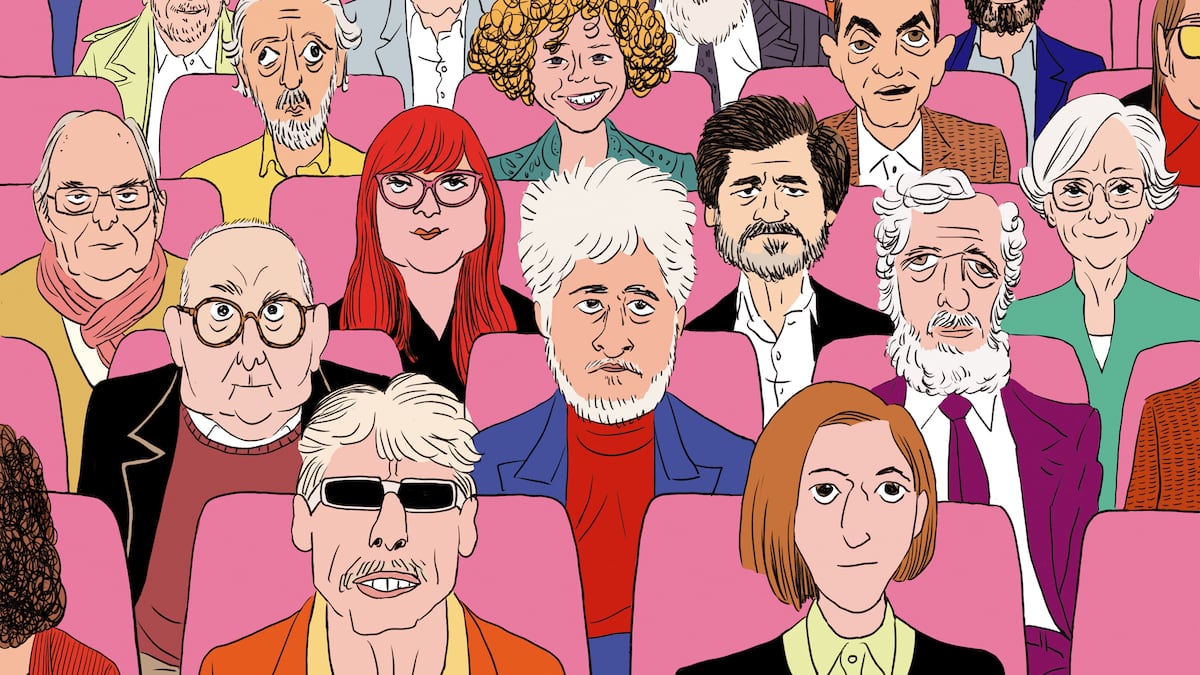
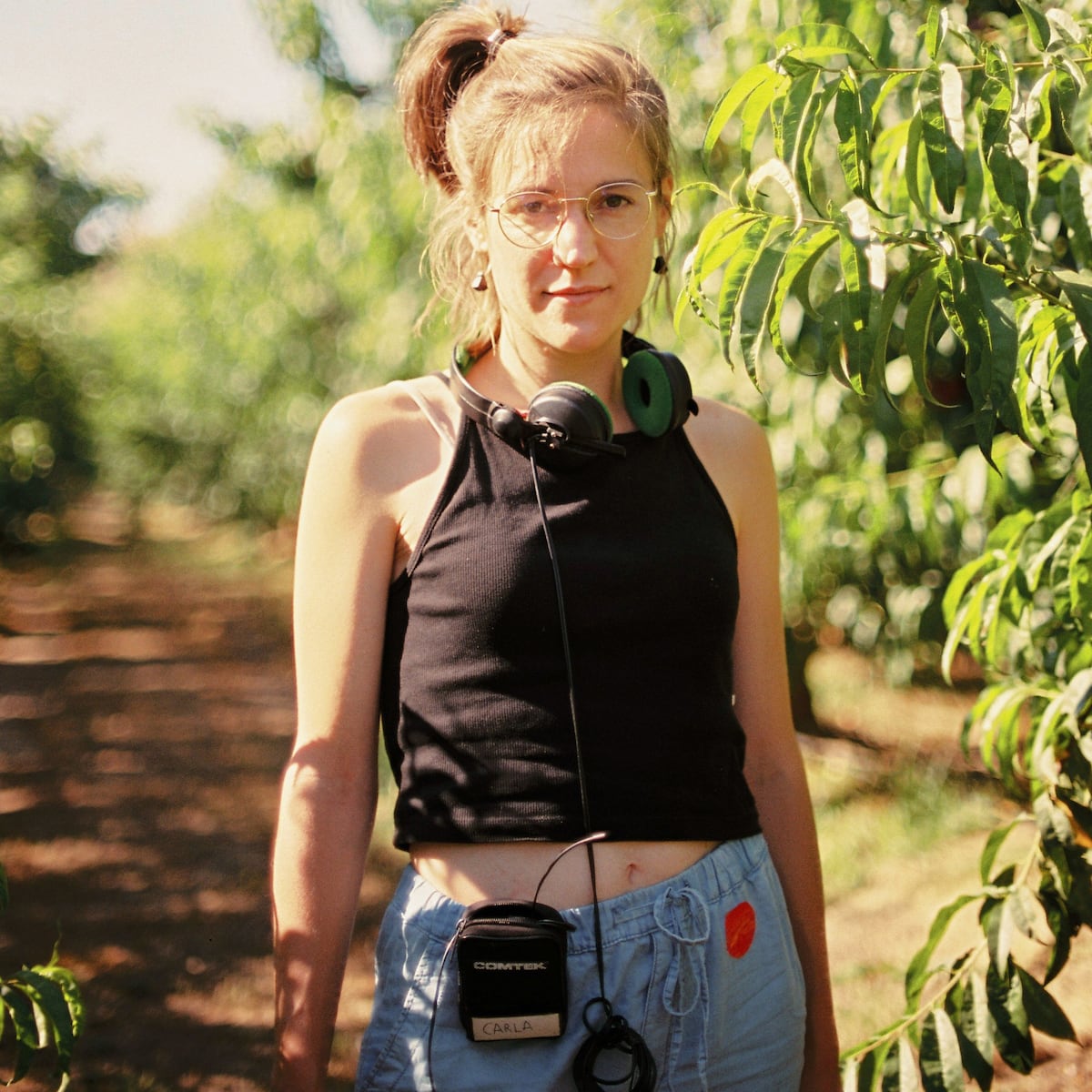
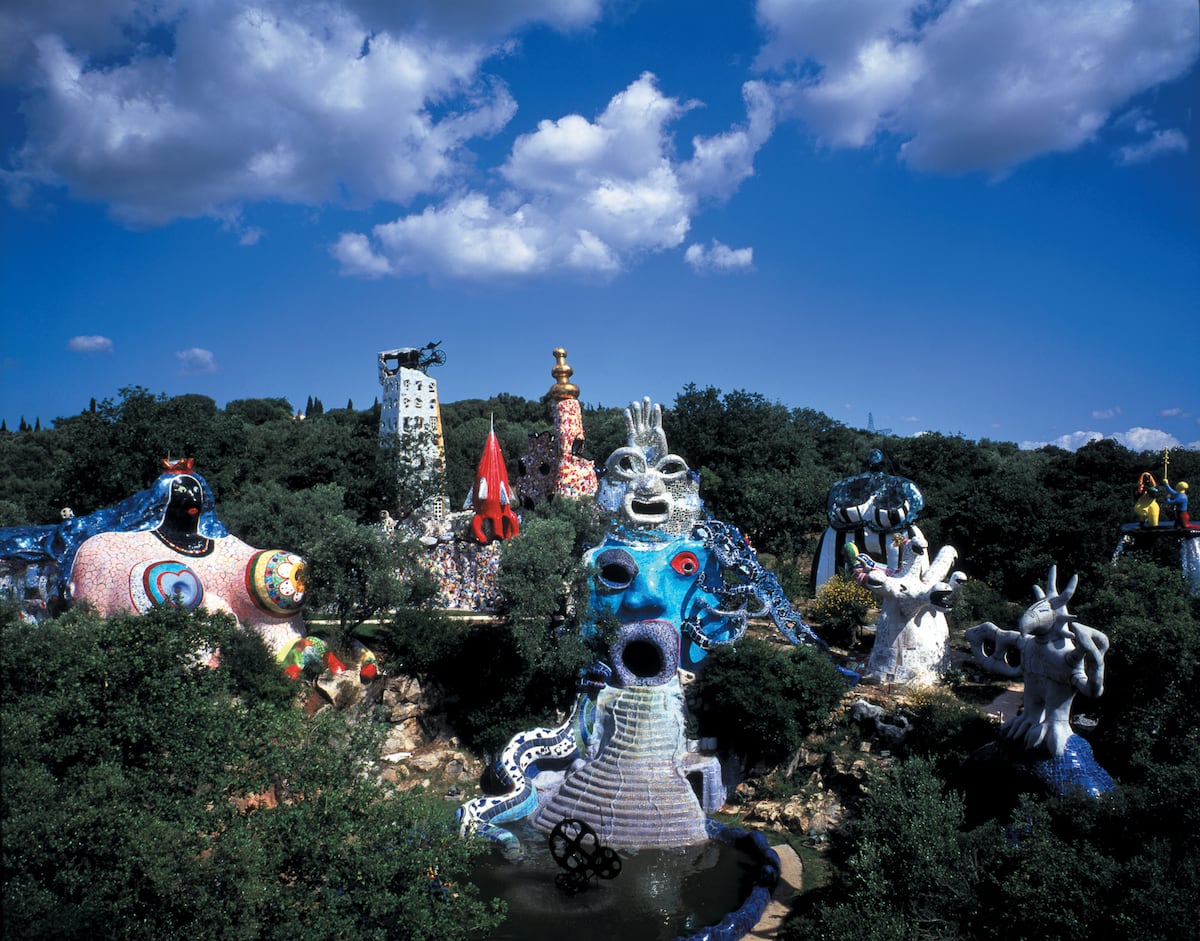
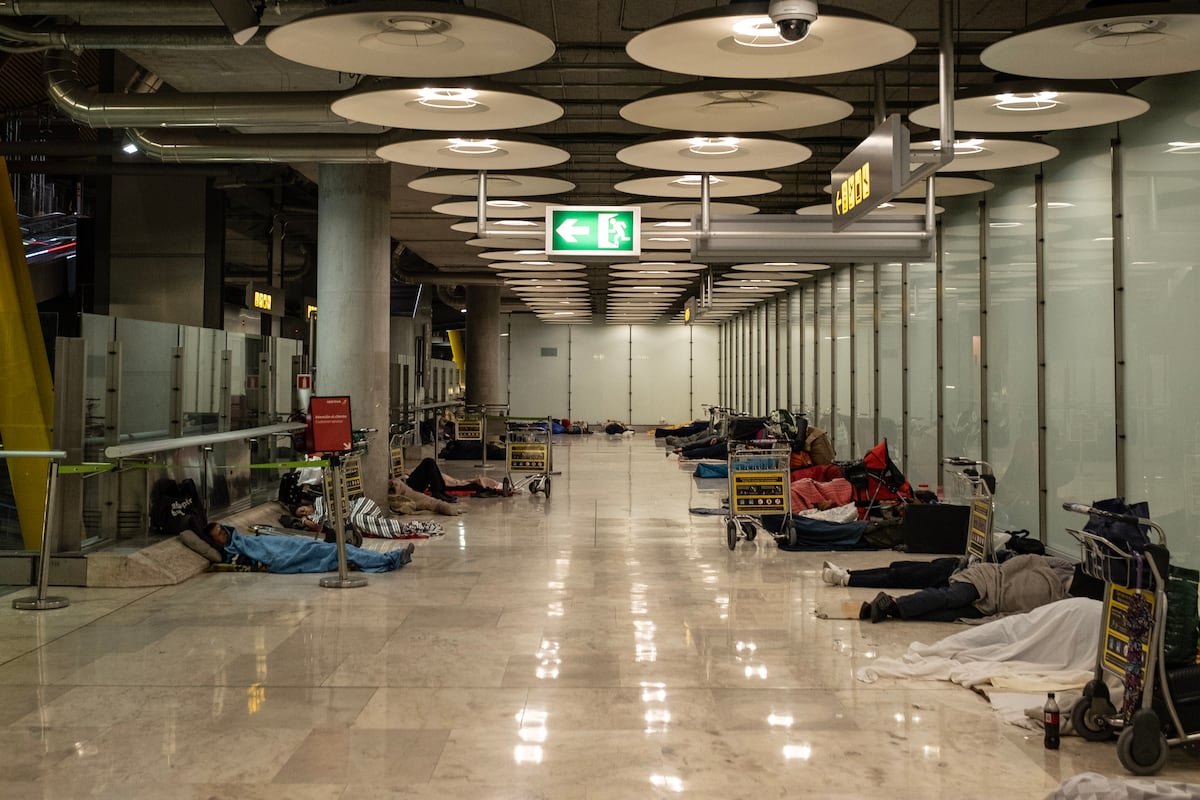

Comentarios